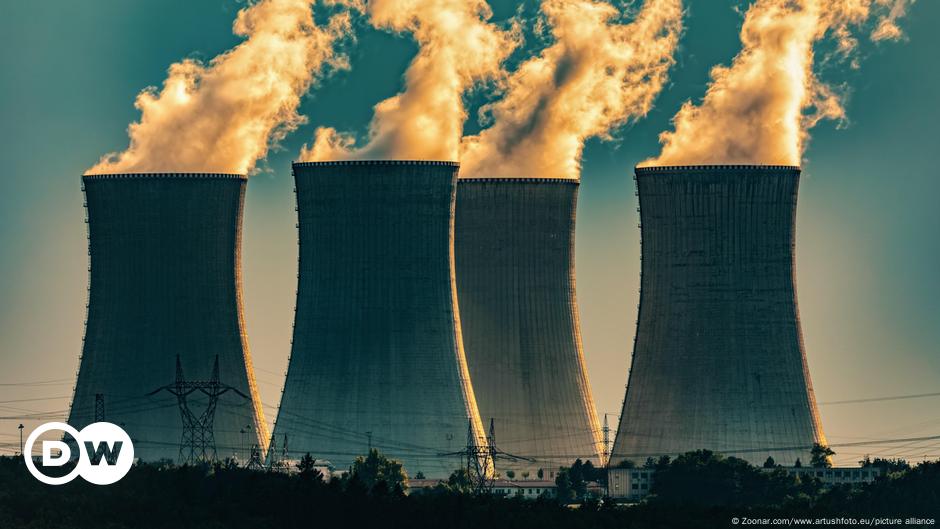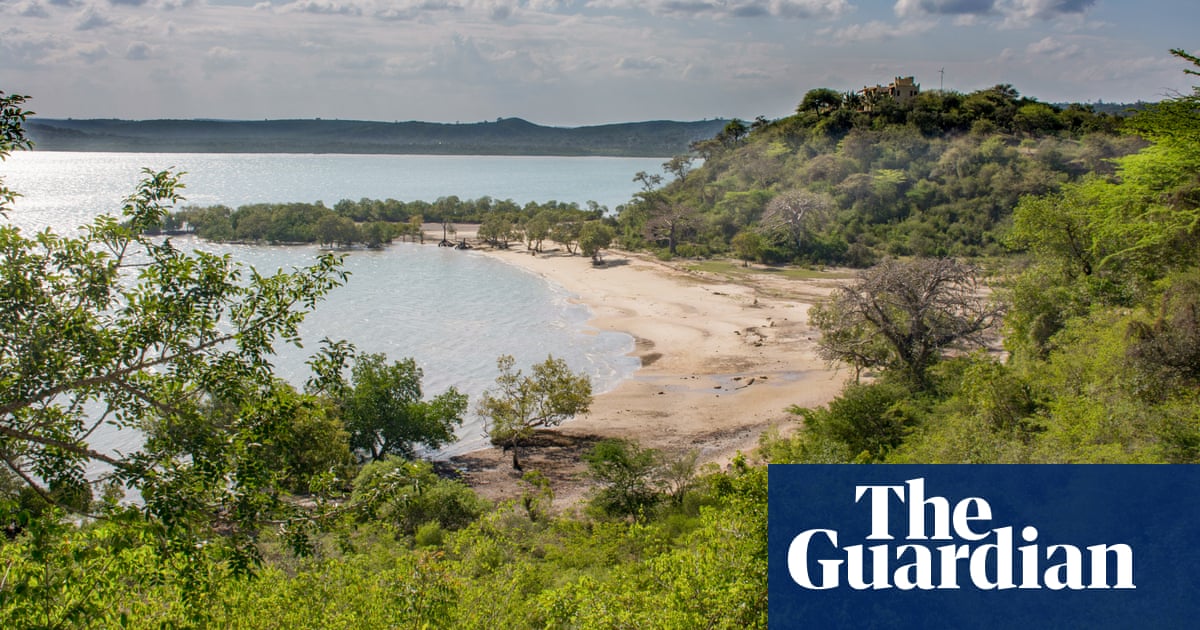My first reaction is "dafuq?". Nuclear plants have among the lowest, if not _the_ lowest lifecycle carbon emissions of all electricity sources, depending on who is doing the accounting.
The fact that it's air cooled is negligible vs an equivalent water cooled thermal power plant. In fact you can easily argue that air cooled is better than stealing water from over drawn Western rivers...
So, I'll assume you are instead referring to the rejected heat of the plant being a factor in anthropogenic warming of the earth? Sure, it's a factor the same way a busload of kids peeing in the ocean contributes to sea level rise.
The earth receives around 2 x 10^17 W from the sun at the surface. Assuming an industry lagging 30% thermal efficiency, this plant would reject something like 6 x 10^8 W. Or 1/400000000 of the heat falling on earth.
If you're hating on this plant just because it's nuclear, the rejected heat values amount from an equivalent output geothermal plant would be greater than from a nuclear plant due to Carnot's law and the lower efficiency of the lower hot side of a geothermal plant.
There are plenty of great reasons to criticize Gates, TerraPower's design, and how they are going about building it, but calling it a "global warming machine" really isn't a valid one.




